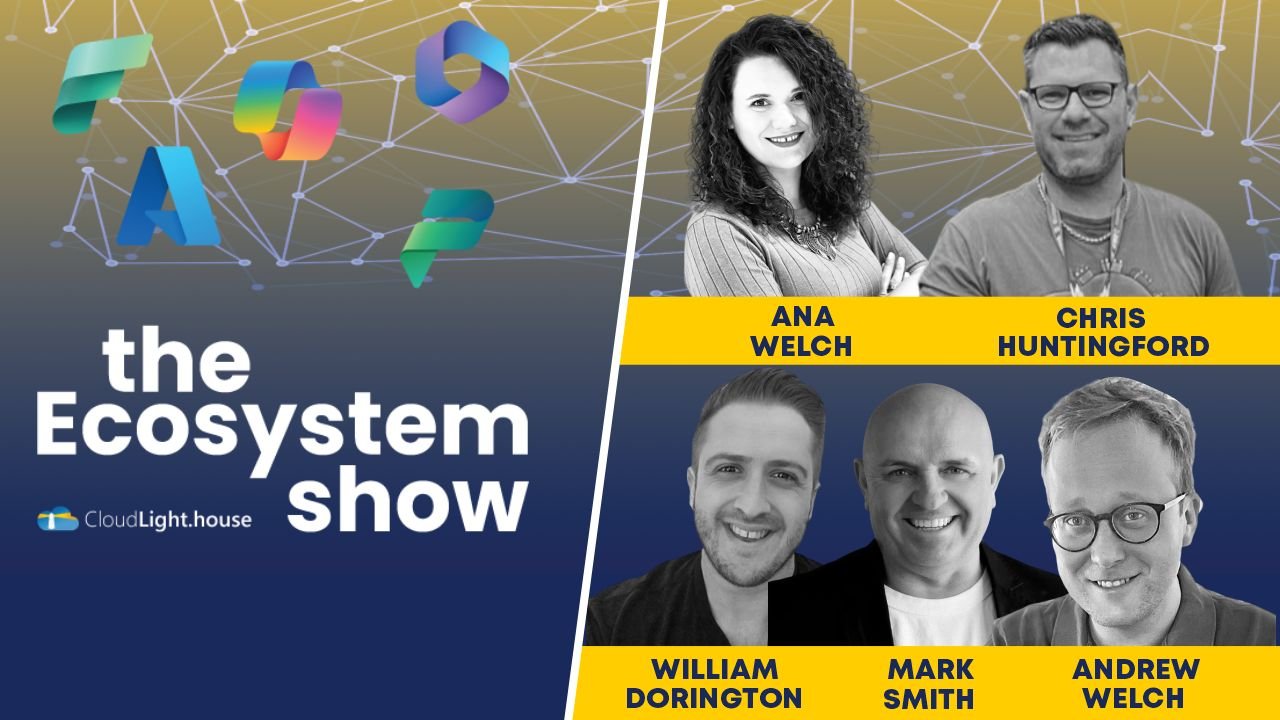
Reflecting on 2024: AI and the ‘Shiny New Object’ Effect
Reflecting on 2024, it’s clear that AI has landed and officially taken on the ‘shiny object effect’. With organizations rushing to utilize the technology, there’s been a tendency to layer AI atop an ecosystem without establishing a strategy for the fundamentals, such as data platform, data consolidation and modernization. A hope for 2025 is the normalization of AI to avoid this, and the progression of autonomous agents that learn and mimic human communication preferences, advancing beyond basic chatbots to more immersive and context-aware AI agents.
Additionally, this past year has made it apparent that not all organization’s are creating conditions for hiring across boarders, and allowing top talent to work on key projects regardless of their geographic location. A shift in this would provide multiple benefits: simplifying projects whilst widening the talent pool, supporting the freedom of dedicated workers, and releasing brain power and capital in areas that will benefit from economic growth.

Data Integration: The Key to Operational Success
In this episode, Ana, Andrew, and Chris discuss various themes including the technical difficulties faced during remote recordings, the influence of technology on elections, the challenges of cybersecurity, and the complexities of data integration and security. They also explore how algorithms shape political messaging and the implications of these technologies on society. In this conversation, the speakers discuss various themes including the impact of social media on public perception, insights gained from major conferences like Ignite, the evolution of podcasting in the tech space, and the importance of ecosystem-oriented architecture in organizations. They emphasize the need for a clear vision and cultural readiness for successful transitions in technology and business strategies.

Announcements from Microsoft Ignite 2024
Microsoft Ignite 2024 featured over 200 AI sessions. Key announcementsincluded Azure SQL transactional databases for app development, Co-pilot Studio in Power Apps for mini agents, deeper RAG capabilities with Azure AI Foundry, new managed security and operations in Power Platform, and updated governance and licensing for Co-pilot Studio.This podcast episode also tackles the rise of shadow AI, emphasizing the need for governance as 78% of workers use unsanctioned tools. Beyond the tech, it reflects on the joy of hands-on collaboration, like data modelling and brainstorming on whiteboards, proving that going back to basics can still drive innovation. What’s your top Ignite takeaway?
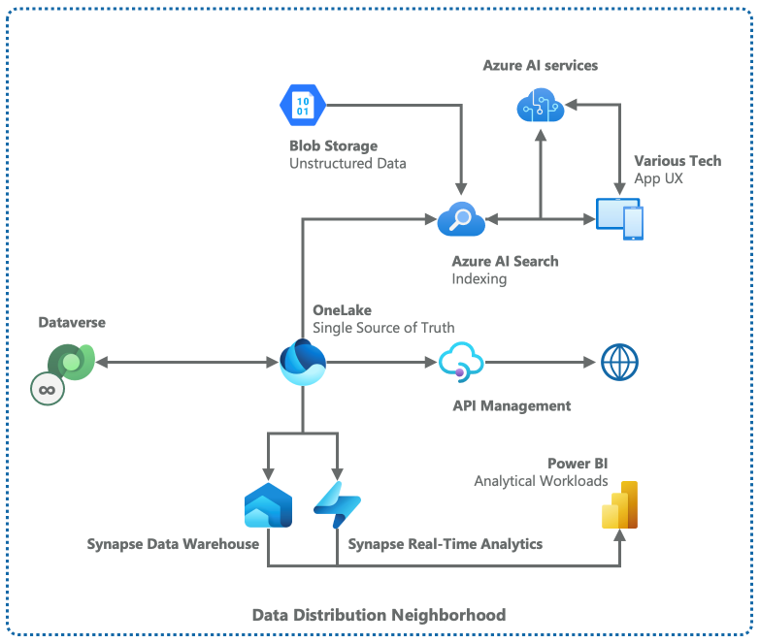
Data Distribution in Power Platform
When taking on the question of how Power Platform integrates with Azure data services, Point-to-Point, Data Consolidation, Master Data Node, and Data Distribution evolve a similar theme. Specifically, each focuses primarily on transactional data during any given users interaction with it. “Data Distribution” is different, focusing more on data distributed for analytics, enterprise search, integration with third-party or external sources via API, data science workloads, or training or augmenting a large language model (LLM). This blog overviews the Data Distribution pattern.
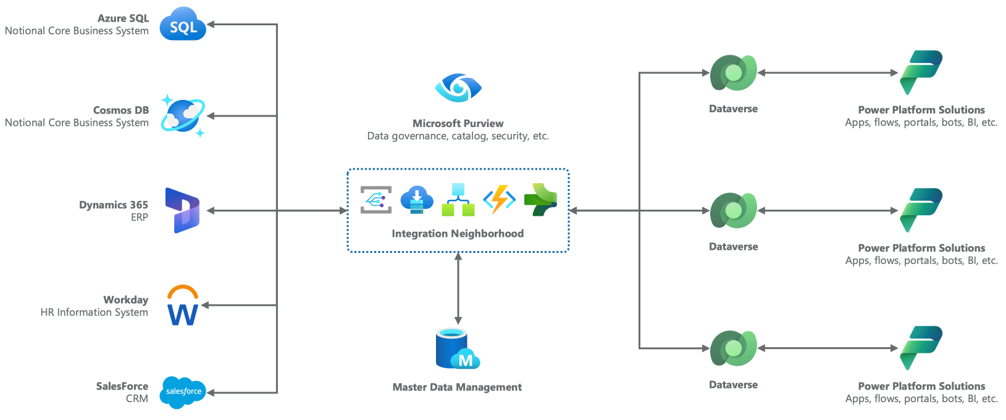
Five strategies to integrate Power Platform in your data platform architecture
When comparing architectural models for Power Platform, it’s important to avoid the instinct to choose just one. Instead, the goal is to explore various approaches that enable different scenarios for integrating Power Platform solutions with enterprise data. Each organization should strategically mix and match these approaches, considering factors like performance, flexibility, maintainability, and cost. This strategy allows for creating adaptable patterns within a cloud ecosystem where Power Platform plays a key role.
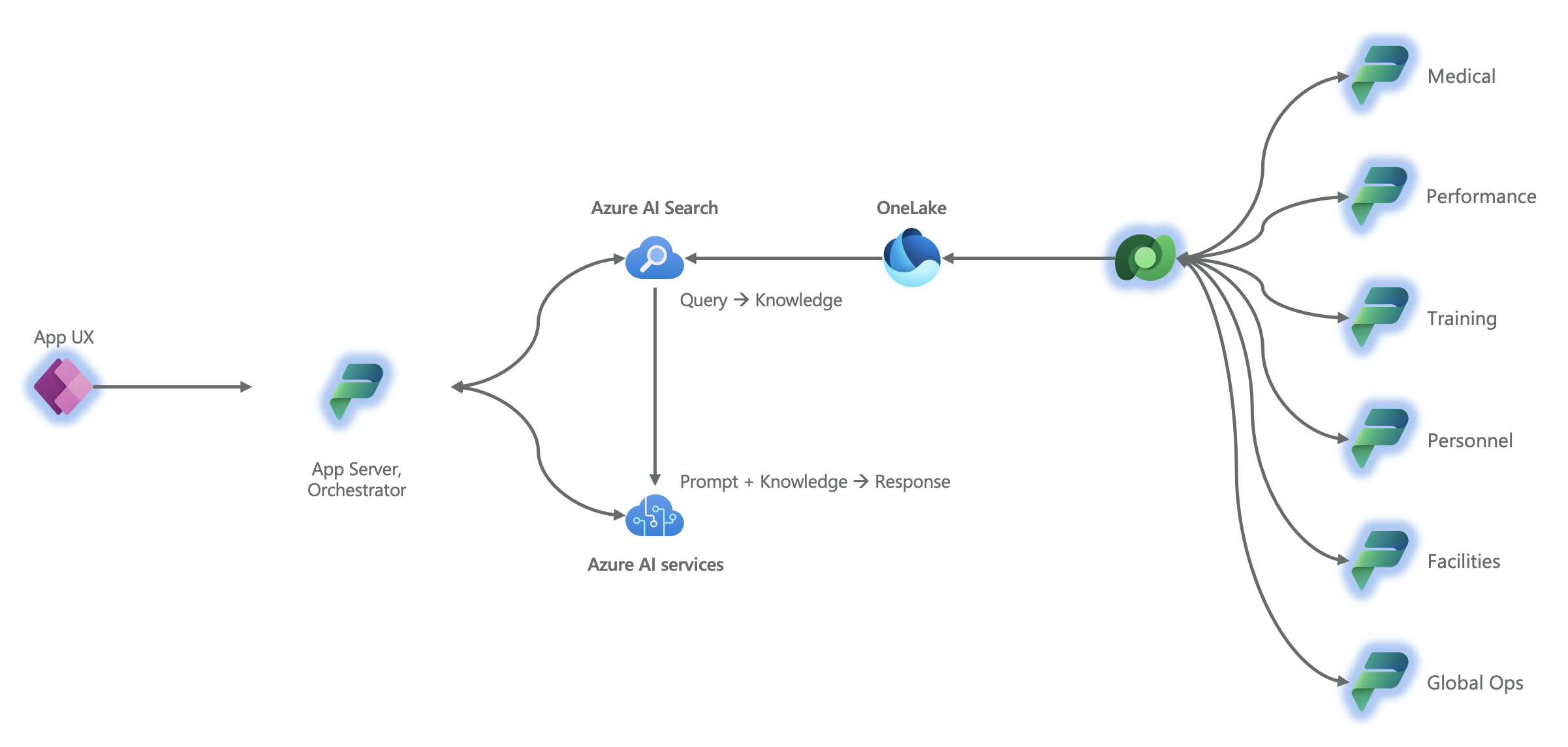
How Power Platform scales generative AI across an organization
Power Platform scales AI and the data platform by providing a composable means of both data collection and delivery of insights and AI capability back to the user. Meanwhile, the great, often unsung capability of Power Platform is not the “app”, rather the ability (via Dataverse) of data transacted in a Power Platform solution to hydrate downstream data distribution scenarios such as analytical workloads, enterprise search, and—you guessed it—whatever AI infused workload you dream up. Let’s explore this.
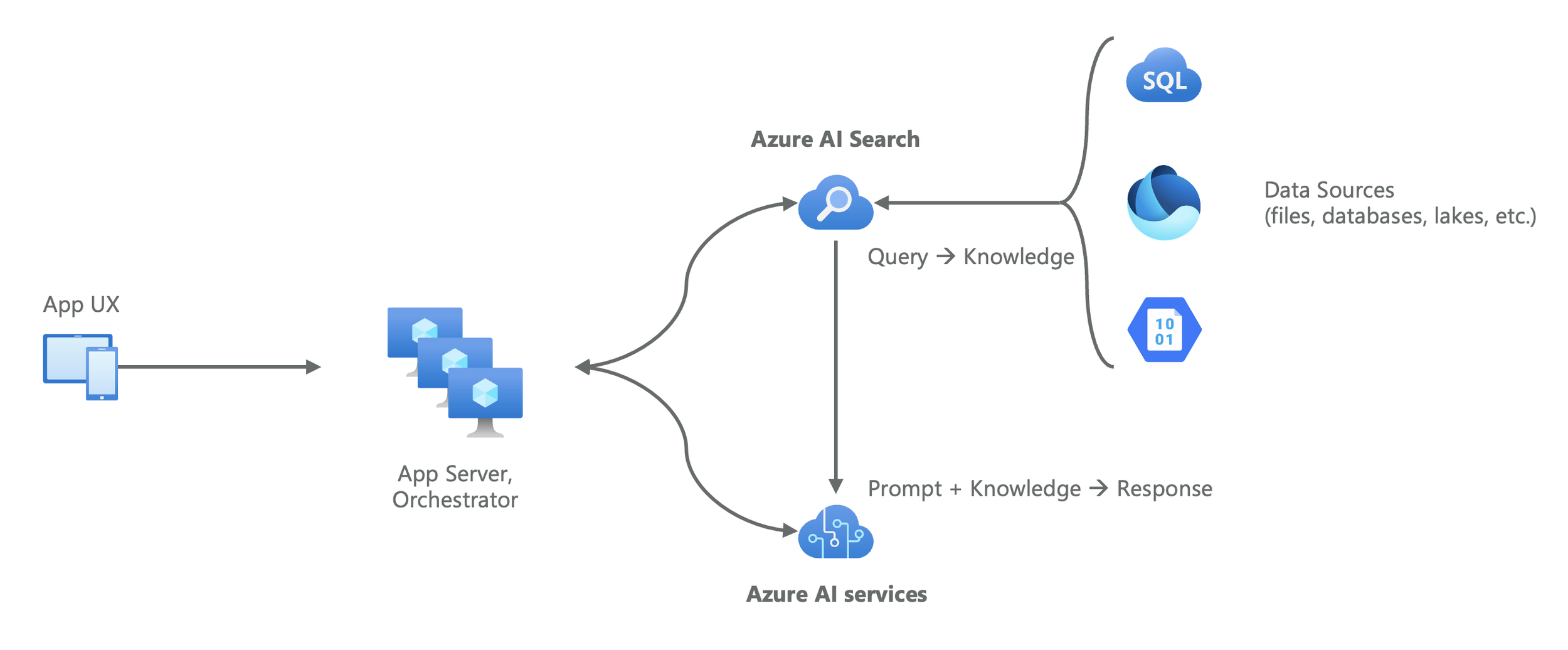
RAG and the fundamentals of AI acting on enterprise data
CIOs and enterprise architects need not be experts in the technical mechanics of AI to formulate and execute an effective AI strategy. That said, it is critical that leaders driving their AI strategy understand this basic concept of how institutional AI—that is to say, AI workloads specific to your organization—both requires and acts on enterprise data. This approach is what we call “Retrieval Augmented Generation” or “RAG”, which you may have heard of. The name is quite literal: Here we are augmenting the generative pre-trained (and now you know what “GPT” stands for) model with data that we have retrieved from the organization’s data estate.

Power Platform in a Modern Data Platform Architecture
I’ve been thinking quite a bit lately about Power Platform as one of the three principal components of the one Microsoft Cloud, alongside Azure and Microsoft 365 of course. This is particularly important in more complex data ecosystem, one of the enterprise management dimensions you’ll find in the Power Platform Adoption Framework. So I want to expand on the “data ecosystem” concept with the idea that modern data platform architecture is a wheel or a cycle (rather than a linear flow), particularly when Power Platform solutions are leveraged (and they should be).
Reflecting on Microsoft Ignite 2020: Five big strategic takeaways for Business Applications
This is the year that low-code cloud transformation goes mainstream. With that I’ll also share my top five reflections on Ignite from a cloud strategy perspective. Joe Griffin has got a great top five at a more detailed feature-by-feature level on his CRM Chap blog, and I also recommend you give a listen to Lisa Crosby’s and Megan Walker’s “Microsoft Ignite Session Recommendations“ on The Up Podcast (which, incidentally, needs to be part of your regular listening).

Seeking your contributions to what’s next for the Power Platform Adoption Framework
Lee Baker, Lucy Bourne, Manuela Pichler, Keith Whatling, and I recently put together seven major themes that we plan to address in the framework over the next six(ish) months. We’d like to share them with the community and ask for your contributions. Each of the themes listed below direct links to their milestone page on GitHub, where you can contribute your ideas, thoughts, approaches, etc. by creating new “issues”. You can also join us in open discussion of all our open issues at this link.
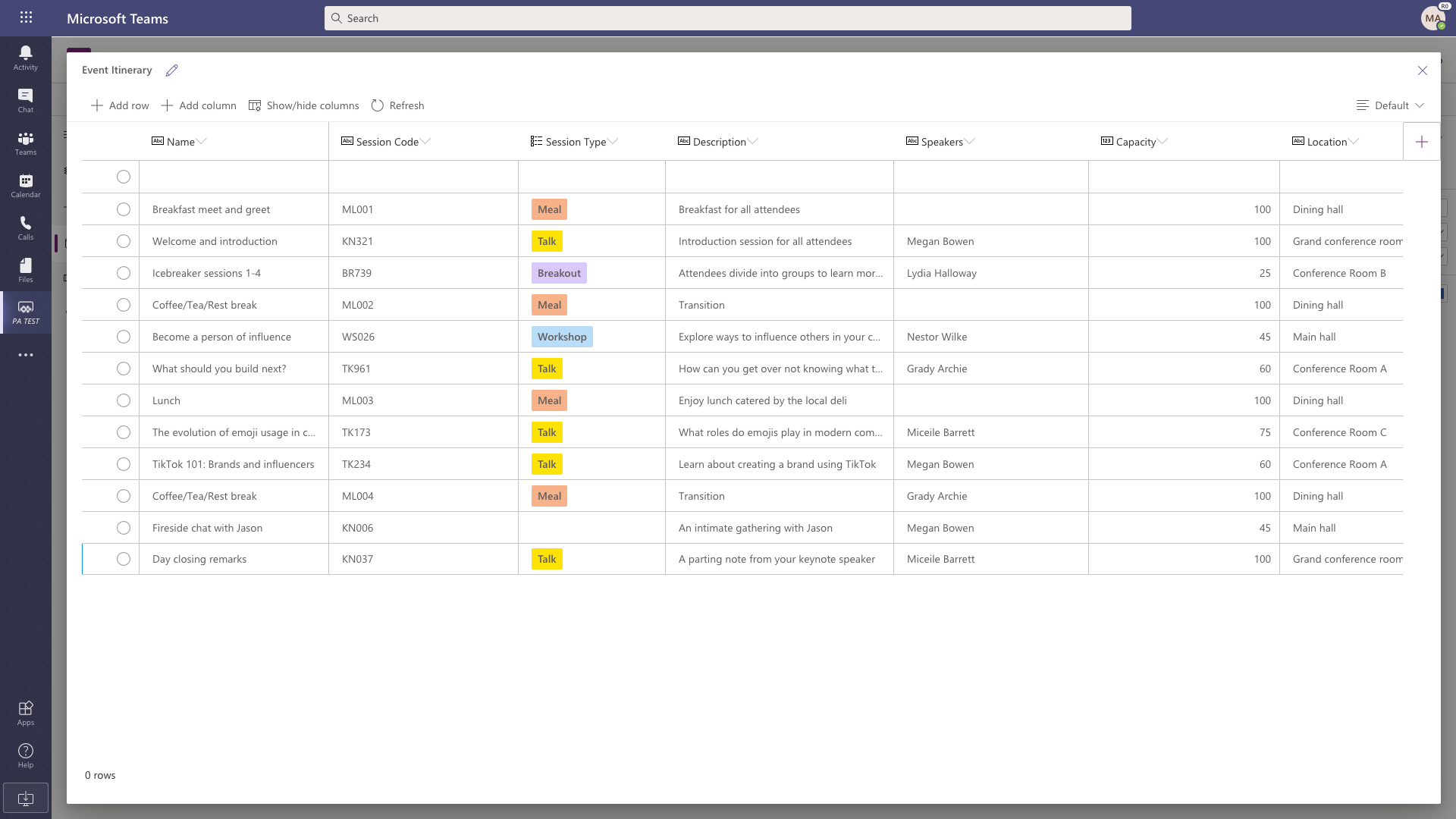
Four things to know and five things to do following the big Microsoft Dataflex + Teams announcement
Today’s public announcement of new Microsoft Dataflex and the re-branding of the former “Common Data Service” (CDS) as Microsoft Dataflex Pro is one of—if not the—most profound Microsoft product evolutions of 2020. There will be significant discussion and work on this in the weeks and months ahead, but for now I’d like to help folks contextualize this new development by asking two questions: What should I be thinking big picture with the launch of Microsoft Dataflex, and what should I do next to make sure my organization is ready?

